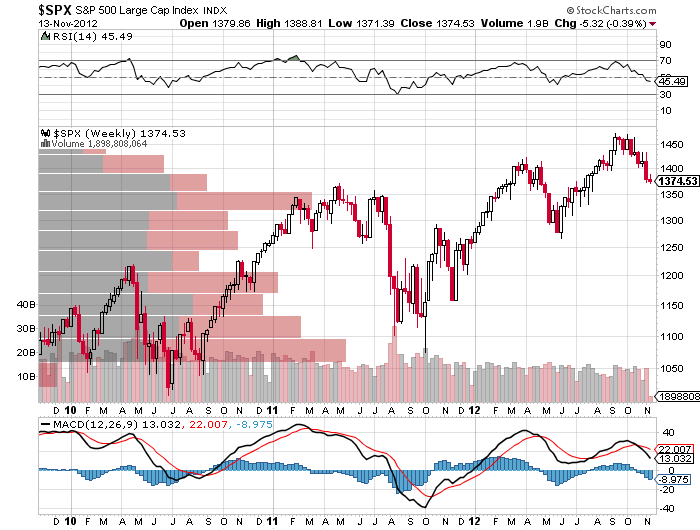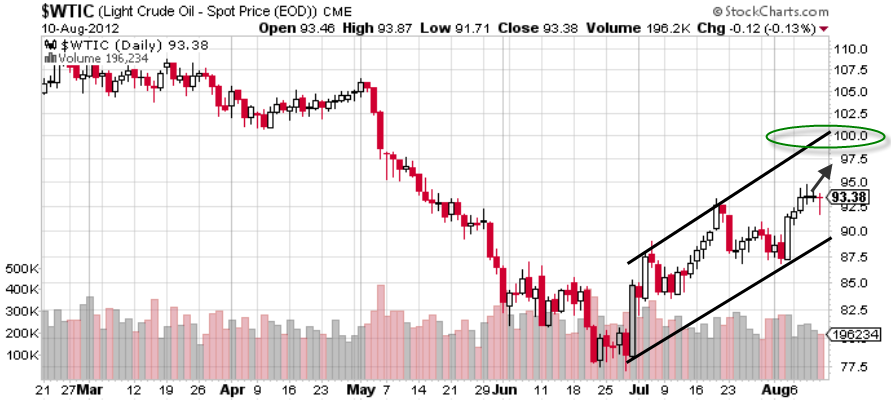The fiscal cliff is still looming, although there is reason to think that both President Obama and House Republicans may soon find common ground on tax issues, says Jeffrey Saut, market strategist at Raymond James.
Compromise with Republicans may be the only way for President Obama to avoid the “lame duck” label in his second term. That may include some series concessions as it relates to the fiscal cliff — the set of automatic tax increases and spending reductions set to be implemented by year’s end unless Congress takes action.
Conversely, Republican congressional leaders also realize that they may see no political benefit from any potential economic recovery unless they also cede some ground as it relates to the cliff.
As Saut said in his weekly missive:
Talking to my contacts inside the D.C. Beltway suggests that better cooperation may be just around the corner. Indeed, the President got beat-up pretty well on the Libya scandal, Obamacare, no budget, etc., potentially making him more malleable. Additionally, I am told he wants to secure his place in history and does not want to spin the economy back into a recession.
Speaking to the Republicans, they got absolutely crushed in the Electoral College vote, potentially making them more pliable as well. In fact, John Boehner’s speech was the most conciliatory address I have ever heard him give.
Of so, what you could see is an extension of the Bush tax cuts because they foot to ~$265 billion per year with $55 billion for the wealthy, but a large $210 billion for the middle class. Somehow, I don’t think the President wants to take those tax breaks away from the middle class.
I also think the President will raise his $250,000 threshold on the definition of “rich.” The payroll tax cut will likely expire because nobody really knows what it is anyway; and, I think the mandated spending cuts will be postponed since everybody I talk to, both on the left and right, does not want to run the risk of another recession.
Saut notes that the U.S. markets continue to face other challenges, including a breakdown from the typical path the S&P 500 takes during Presidential election cycles. Also, he noted that forward earnings guidance that continues to slide.
One price area to continue watching is volume-at price-support for the S&P 500 in the 1320 to 1350 range.

As seen above, the long bar coming from the left of the chart represents a price area where stocks have traded the most over the past three years. That price area may act as a magnet to drag prices slightly lower from here. However, technical analysts also believe that the price area may act as a support that could help stave off a further slide.



